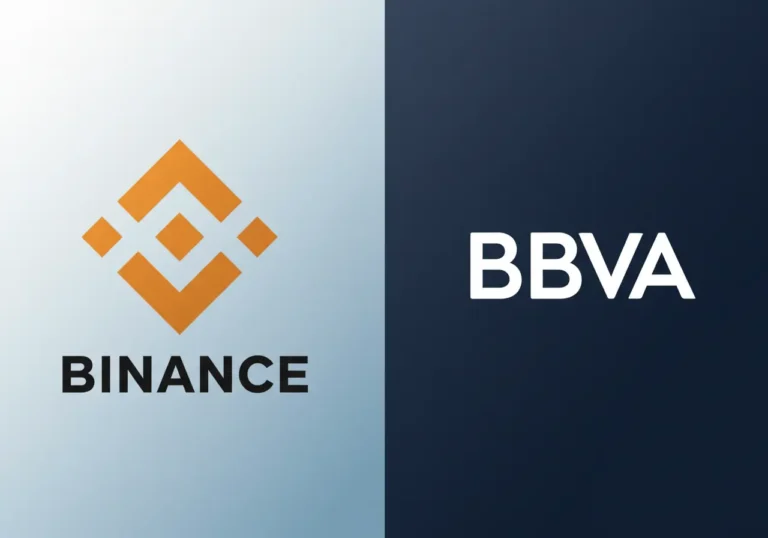South Korea Halts New Crypto Lending as Global Markets Reel | Ethereum Surges in Altcoin Rotation
In a major development, South Korea’s Financial Services Commission (FSC) has ordered exchanges to suspend all new crypto lending products amid soaring leverage and recent market turmoil. At the same time, Ethereum is stealing the spotlight globally, with record inflows into ETFs signaling a rotation toward altcoins. This article unpacks both stories.
1. South Korea’s Regulatory Pivot: Why Lending Got Hit with the Pause Button
What Happened?
- On August 19, 2025, South Korea’s FSC issued a directive to cease new crypto lending offerings, citing rapid growth in leveraged positions as a threat to both individual users and overall market stability. Existing loans won’t be affected for now.
- The move comes in response to a recent crisis at Bithumb, where around 13% of lending users were liquidated after sudden swings in collateral value. In total, more than 27,000 customers were affected.
- Additionally, global data shows that crypto-collateralized loans jumped by 27% in Q2, reaching $53.1 billion—the highest level seen since early 2022.
Why It Matters
- The suspension aims to temper risk in a volatile market. Leverage can amplify both gains and losses quickly—making crypto trading especially dangerous in turbulent times.
- Still, experts argue that markets should adopt safer design rather than shutdowns. Bradley Park from DNTV Research suggests improving user interfaces (UI/UX), better risk disclosures, and stricter Loan-to-Value (LTV) limits would be more effective.
- The FSC’s future guidelines will be closely watched—especially how they balance innovation and investor protection.
2. Ethereum’s Altcoin Ascension: Is “Altcoin Season” Finally Here?
Rising Star
- Ethereum is in the spotlight as its recent performance outpaces Bitcoin. One analyst, James Wynn, calls it the beginning of an “Altcoin Season.”
- Over the past week, Ethereum ETPs (Exchange Traded Products) pulled in a record $2.7 billion in inflows—more than five times that of Bitcoin ETPs. The ETH/BTC ratio climbed to 0.38, its highest since December 2024.
Why ETH Is Catching Up
- The Genius Act, a U.S. law setting up a framework for stablecoins, has helped position Ethereum as a key infrastructure asset for compliant digital finance.
- Institutional adoption is evident: at least 69 corporate entities now hold a combined $17.3 billion in Ethereum, fueled by record ETF inflows (noted in a related AInvest analysis).
- On-chain indicators show a growing validator exit queue of 893,600 ETH, signaling possible short-term sell pressure as some participants exit staking.
3. Market Reactions: Turbulence and Opportunity
Liquidations Galore
- The crypto market has been snap-reacting to global events. We’ve seem reports that over $100 million in long positions were liquidated within a single hour—most tied to U.S. tariff policy announcements. Bitcoin dropped under $115K and Ethereum below $4.3K.
- Another flash crash triggered $500 million in liquidations as Bitcoin plunged 7% to $115,000. Ethereum, XRP, and Dogecoin also dropped nearly 9%. Still, Chainlink stood out, holding its ground thanks to its strong oracle network and partnerships.
Consolidation or Climb?
- Ethereum’s price action shows consolidation in the $3,900–$4,400 range, with $4,150 acting as key support. Analysts also mention a possible pullback to $3,500 before an eventual move toward $8,000—if bullish momentum resumes.
- Meanwhile, cryptocurrencies as a whole remain sensitive to macroeconomic shifts—the market is in a delicate balance between recession-era caution and speculative bets.
4. What It All Means—In Plain English
- South Korea pressed pause on new crypto lending to manage rising risks. Existing loans remain active.
- Ethereum is getting hotter, not just in price but also in institutional interest and regulatory approval.
- Market volatility is still high—leverage fueled massive liquidations that spooked traders across the board.
- Chainlink proved resilient, possibly signaling a shift toward utility-driven crypto projects.
- The question remains: Is this a temporary shock or the start of a bigger trend?
FAQ — Your Questions, Answered
Q1: Why did South Korea ban new crypto lending?
They wanted to curb risky, over-leveraged behavior after a wave of forced liquidations. They’re opting for caution while crafting safer lending rules.
Q2: Can existing loans continue?
Yes. Only new lending products are stopped. Current borrowers aren’t affected—until further notice.
Q3: Why is Ethereum gaining so much attention now?
Strong institutional influx via ETFs and regulatory tailwinds like the Genius Act are boosting Ethereum’s profile and investment appeal.
Q4: What’s a liquidations event?
It’s when leveraged positions get forced closed—often by automatic stop-losses—after a sharp market move, causing rapid price drops.
Q5: Why is Chainlink holding stronger than others?
Its core function—providing data to smart contracts (oracles)—gives it real-world utility, which can attract steadier demand even in downturns.
Q6: Is Altcoin Season really here?
Possibly. Ethereum’s dominance is waning slightly (to 58%), while capital pours into altcoins. But volatility remains high—so caution is advised.
Q7: Should I be worried about another crash?
Volatility is part of crypto’s DNA. If you’re over-leveraged, short-term shocks can hurt. Long-term players with sound strategies may see this as an opportunity.
Table of Contents

Edmilson Dias is the founder of CoinBringer, a site dedicated to educating people about cryptocurrency and helping users navigate the crypto space safely and responsibly. A passionate advocate for digital security and financial education, Edmilson Dias has spent years researching the blockchain ecosystem and translating complex concepts into accessible, practical content for beginners and experienced users alike.With a mission to build a safer and smarter crypto community, he focuses on creating high-quality tutorials, safety tips, and trustworthy insights to empower others in the rapidly evolving world of digital assets.
Discover more from CoinBringer
Subscribe to get the latest posts sent to your email.







